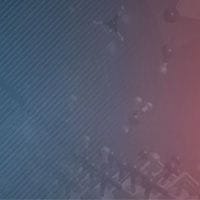Read interviews with the winners to learn more about their research and their hopes for future advances in physical chemistry.
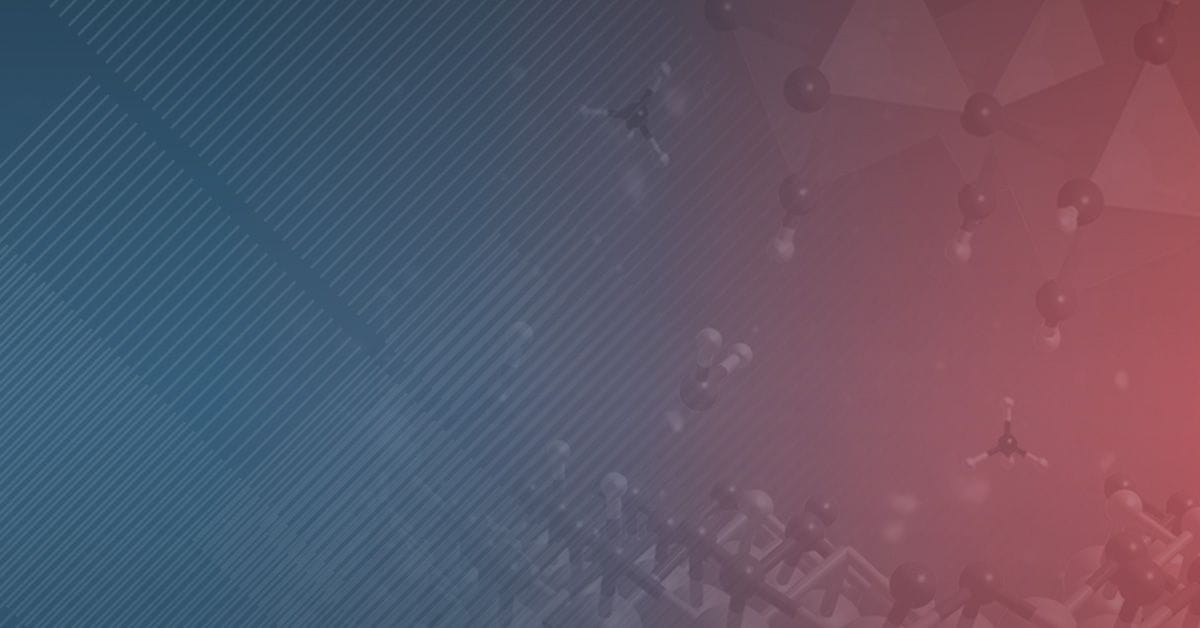
The Journal of Physical Chemistry and PHYS Division Lectureship Awards honor the contributions of investigators who have made a major impact on the field of physical chemistry in the research areas associated with each section of the journal—The Journal of Physical Chemistry A, The Journal of Physical Chemistry B, and The Journal of Physical Chemistry C.
We are pleased to announce this year's winners:
- Prof. Brett Savoie, University of Notre Dame, United States
- Prof. Bei Ding, Shanghai Jiao Tong University, China
- Prof. Daniel Tabor, Texas A&M University, United States
The awards will be presented at ACS Fall 2025, taking place in Washington, D.C., from August 17-21, where the winners will be invited to speak as part of the PHYS division programing.
Read on to learn more about each recipient and read their winning papers.
Prof. Brett Savoie
2025 Winner, The Journal of Physical Chemistry A Award: Molecules, Clusters, and Aerosols
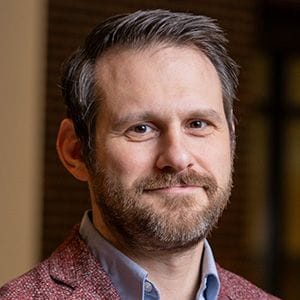
Prof. Savoie's research group focuses on methods development at the interface of machine learning with chemical and materials applications. A major research goal for his team is to accelerate the characterization and prediction of how materials degrade. This has led to the development of methods to predict the reaction networks that mediate degradation and new machine learning models that can assist all stages of materials development. These methods have been used to study lead-halide perovskites, plastics with tunable degradation profiles, and new battery electrolytes. Beyond modeling specific chemical phenomena, Brett is studying how AI can accelerate broader knowledge generation in research settings—improving reproducibility, enhancing experimental design, and extracting latent information from historical data and expert workflows.
On his journey to his independent research career, Prof. Savoie had the privilege of training under a series of world class mentors whose attentions he generally only poorly repaid. Marcetta Darensburg (TAMU) tolerated him in her lab as an undergraduate, Tobin Marks and Mark Ratner (Northwestern) patiently polished the rough stone during his Ph.D. work, and Tom Miller (Caltech) encouraged him to stay in academia during his postdoc. He started his independent career at Purdue in Chemical Engineering where his colleagues were unfailingly generous. He now holds the inaugural Coyle Mission Collegiate Chair of Engineering in the department of Chemical and Biomolecular Engineering at the University of Notre Dame and he is the director of the Notre Dame Scientific Artificial Intelligence (SAI) Initiative.
Prof. Bei Ding
2025 Winner, The Journal of Physical Chemistry B Award: Biophysics, Biomaterials, Liquids, and Soft Matter
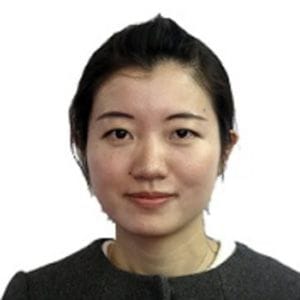
Bei Ding is currently a principal investigator at the Center for Ultrafast Science and Technology at Shanghai Jiao Tong University, China. Prof. Ding earned her B.S. in Chemistry from Peking University, and her Master's degree in Optics and Ph.D. in Physical Chemistry from the University of Michigan, Ann Arbor. Prof. Ding works closely with her students to address fundamental physical chemistry questions in biological systems, aiming to understand their functionalities using ultrafast techniques such as transient UV/Vis absorption, transient IR absorption, and 2D IR.
Over the past several years, her group has been fascinated by a small blue-light photoreceptor known as the BLUF domain. Step by step, they have resolved the mechanisms of three reaction motifs within the BLUF domain, namely proton-coupled electron transfer, proton rocking, and proton translocation. Currently, they are investigating the structural dynamics of the BLUF domain using site-specific infrared probes and 2DIR. They are also expanding their scope to collaborate with researchers to design artificial photoenzymes for asymmetric organic chemical reactions.
Prof. Daniel Tabor
2025 Winner, The Journal of Physical Chemistry C Award: Energy, Materials, and Catalysis
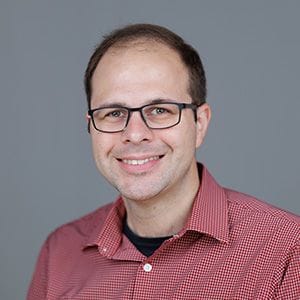
Prof. Tabor is currently an Assistant Professor in the Department of Chemistry at Texas A&M University. He received his B.S. in Chemistry from the University of Texas at Austin in 2011. He then attended the University of Wisconsin—Madison for his Ph.D. (2016) and from 2016-2019, he was a postdoc at Harvard University. Daniel began his independent career on the faculty at Texas A&M in the Fall of 2019. The Tabor Research Group primarily focuses on the computational design of organic and polymeric materials, developing new computational spectroscopy methods, building models to understand mechanochemistry, and scientific machine learning methods.
The group engages in both independent methods development and extensive collaborations with other experimental and computational groups. These collaborators include the Lutkenhaus group (in TAMU Chemical Engineering), the Mittal Group (also TAMU ChemE), the Fang group (TAMU Chemistry), and the Center for the Mechanical Control of Chemistry, led by James Batteas. In addition, they collaborate with individuals across the country on their spectroscopy work, including Nathan Kidwell at the College of William and Mary and Timothy Zwier at Sandia National Laboratory.
